From desegregation to the rise of the Internet, much has changed in the past 100 years. But our homes haven’t. Why old-fashioned thinking in regards to how we occupy spaces is bad for our wallets, the environment, and our overall wellbeing.
Anywhere, USA
Let’s paint a picture of the typical American home. First, it is a slave to the whims of the grid. The development of time-of-day pricing, and peak power, means that when the inhabitants need power the most, typically during the afternoon to run AC and during the evening to run electrical devices, power will also be most expensive – effectively guaranteeing high energy costs. At one time in American history, before we fully understood the negative impacts and relative scarcity of fossil fuels, fixed pricing made a lot of sense. But we now know that we live in a finite, fragile world. With the population of the United States alone expected to add another 100 million individuals by 2050, the strain on the grid will only continue to increase. So will prices thanks to basic supply and demand.
Second, the typical American family lives in quaint, affordable, environmental disasters. Homes are often built on what used to be prime farmland, wetlands, or other ecological habitats prior to large-scale bulldozing. They are often built far away from schools, services, and other basic amenities perpetuating a life-or-death reliance on automobiles. There is often no regard to environmental impact, lifecycle costs, or the nature and composition of building materials. In the same vein, materials and finishes containing Volatile Organic Compounds and other health hazards are often found in homes that cut costs by cutting corners. Studies indicate that average indoor air quality is 2-5 times worse than even outdoor air conditioners. The result is a cookie-cutter home that is as much a bane on the environment as it is on its inhabitants.
Finally, the standard suburban builder home is an obtuse exercise in mediocrity and mind-numbing monotony. At one time in American history, families were just happy to own a home of their own. Thanks to American ingenuity and progress, that dream came within the grasp of a majority of Americans in the 1950’s. The only problem is that the dream of homeownership hasn’t progressed passed the mindsets of that era. While phones and computers and cars and just about everything else have transitioned from big, bulky, and dumb boxes to sleek, connected, expressions of modernity, the house has not. And worse, in regards to our houses, we continue to be trapped in a mindwarp more than half a century in the past.
Thinking Outside the Box and How that Box is Made
Some may not be able to wrap their minds around the fact that a home can be more than a house. It can be a miniature power plant, generating useful electricity from rooftop solar panels, and even selling back excess electricity back to the city. It can be economical, minimizing consumption during peak hours and drawing power from the grid during the dead of night when electricity is cheap. It can be a medium for better health by providing ample natural lighting, ventilation, and excellent indoor air quality. It can even be a functional work of art, providing aesthetic and recreational pleasure for its inhabitants. Why shouldn’t a house be as friendly to the environment and to our families as it is to our wallets?
The beauty of American ingenuity revolves around the idea of freedom of choice, whether in politics or in the marketplace. If we want better, sleeker phones, an enterprising organization will set out to meet that demand. If we want safer cars with better gas mileage, then by golly that’s what car manufacturers will give us. Why then, don’t we demand better from our homes?
The truth is, many Americans are. Some national builders have started including green features as standard features. In other areas of the nation, eco-consious ecobuilders and LEED-certified architects are picking up the slack. As Americans, we always have a choice, we just need to make it by putting money where our mouth is.
Live well. Think green. Build Native.
I’d love for you to leave a comment below.
Thinking Outside the Box
Thinking Outside the Box Thinking Outside the Box Thinking Outside the Box Thinking Outside the Box Thinking Outside the Box Thinking Outside the Box Thinking Outside the Box








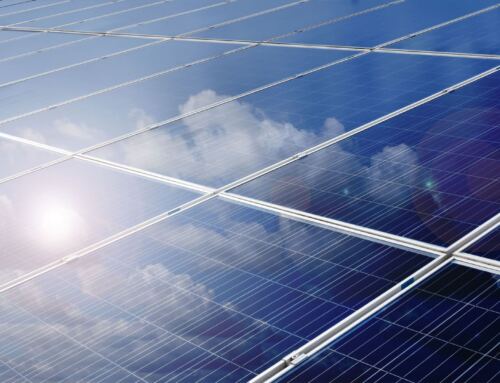
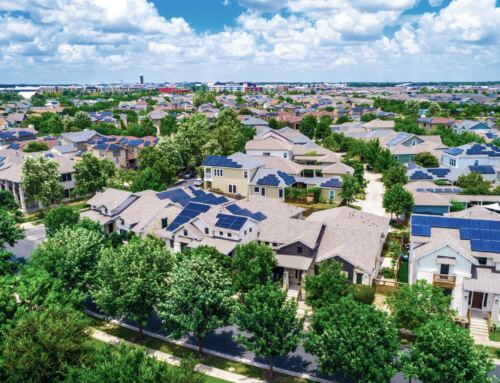
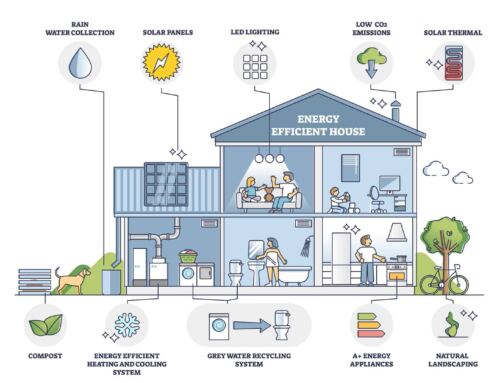
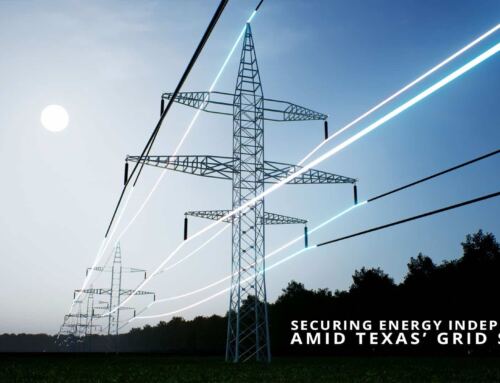
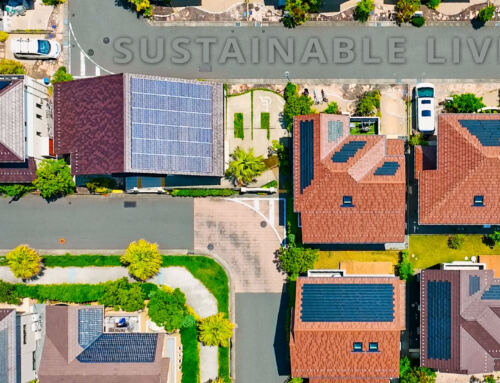


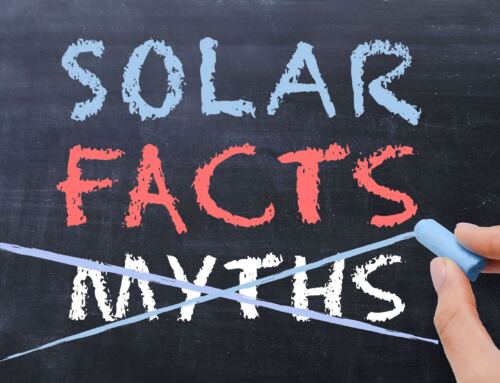

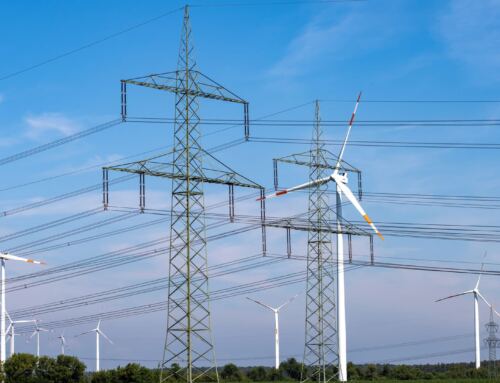
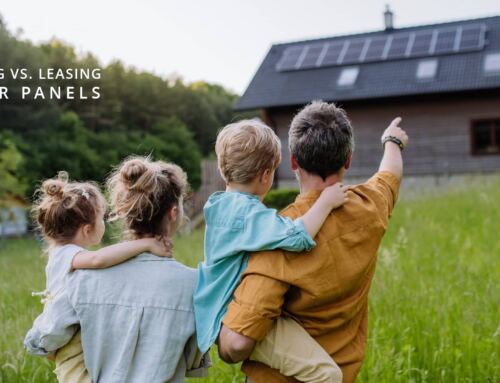
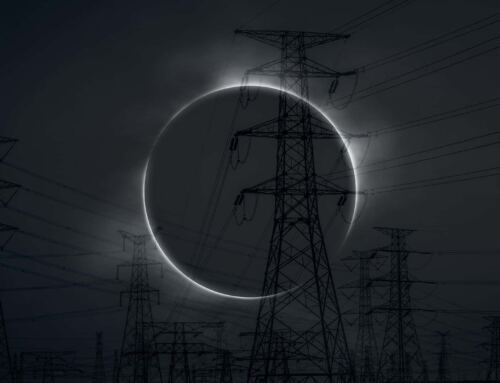
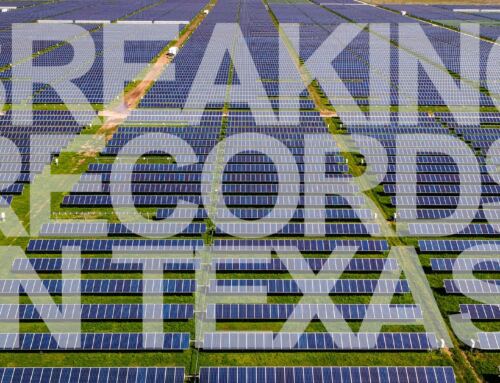
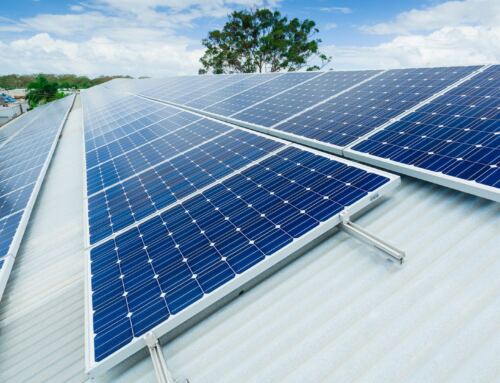
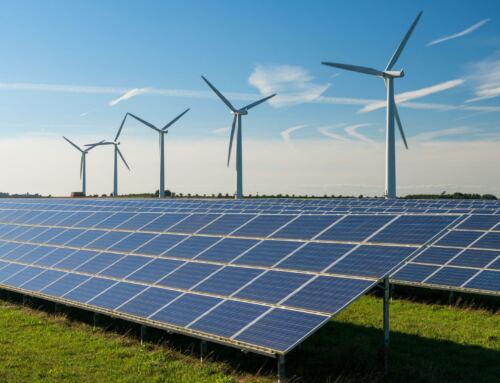

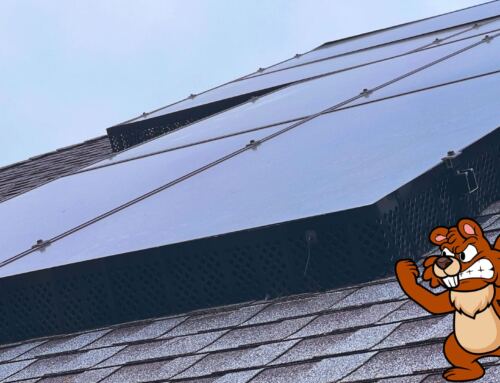

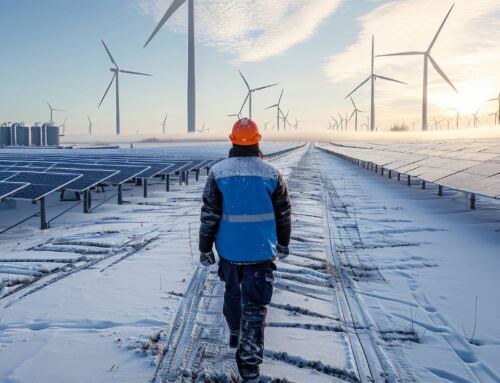
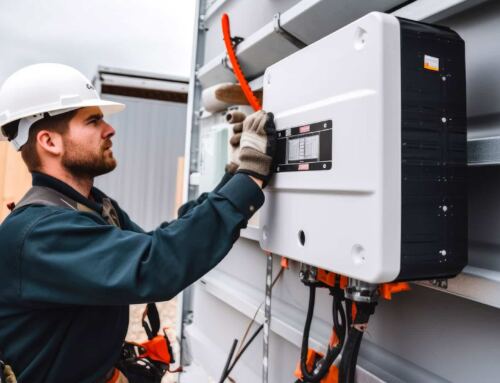
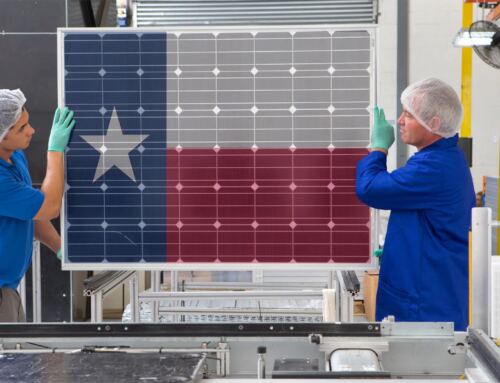
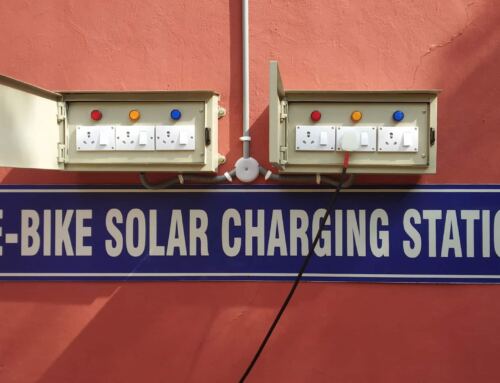

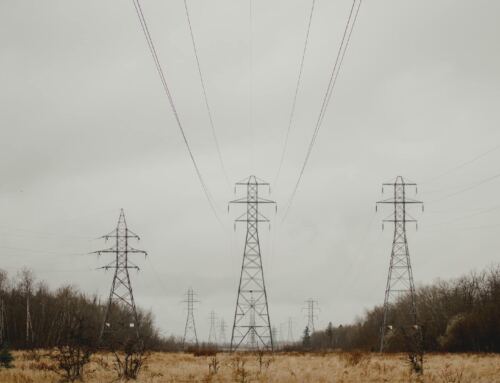
[…] overnight. There are numerous first steps that can be taken without taking a plunge into hardcore environmental activism or breaking the bank. If we begin to read “luxury” as placing an importance on […]
[…] Also make sure to properly and adequately insulate your ductwork. The Rocky Mountain Institute, an environmental organization in Colorado, estimates that most Americans could cut their energy bills by up to half […]
[…] key to understanding the rise of “intelligent efficiency” is to stop thinking about energy efficiency simply in terms of more efficient devices or cutting-edge technologies and […]
Great article! Thanks for all you guys do!
[…] incentives to play the long game and to stay two steps ahead of the rest of the world on energy policy. Countries play to their strengths, or at least that’s what economists consider the ideal […]